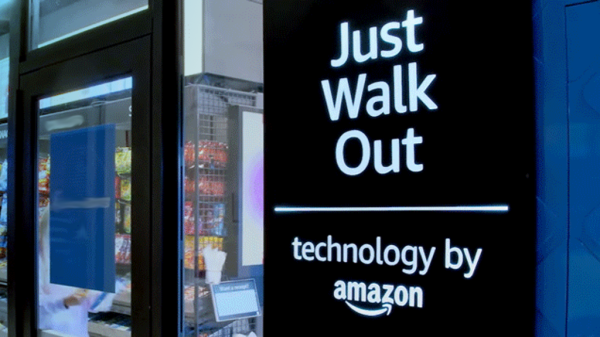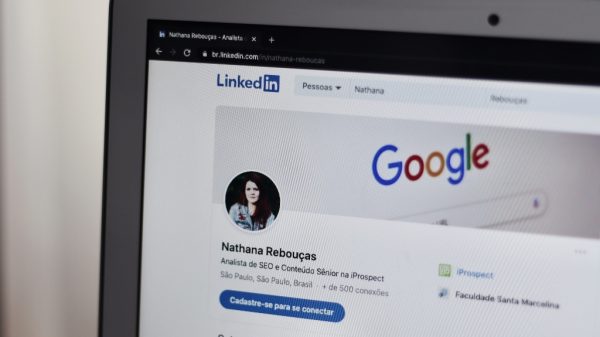Not long ago, I wrote a post here on Agent Genius about the social networking sites that are actually producing income for me. One that I mentioned is LinkedIn, which is quickly becoming my social networking for business site of choice.
I joined LinkedIn back when they first launched and tried to get a couple of friends to sign up. A few did, just to humor me, but my interest wained because, quite frankly, there was no one to link with. Now, fast forward a few years, and I am seeing old friends. colleagues and classmates sign up daily. It’s fun to reestablish old connections!
And its fun to get referrals from people I don’t even know after they read my profile. You gotta like that.
A few weeks ago I had a ‘real estate crisis,’ and I turned to LinkedIn for a solution. I have a client who is a well known celebrity (don’t laugh, we really do have some famous people here in Metro Detroit. . .) and his electricity was turned off in his house due to a mistake at the power company. This happens fairly often here, and they usually take about 3 days to come out to switch the power back on. And that was the answer that DTE (our electric company) gave. It would be a couple of days before they could send anyone out. No power = unhappy client who needs to buy an expensive house from me this summer.
I set out to save the day by checking my LinkedIn contacts to see who I knew that knew someone “high up” at DTE. I came up with a couple of options and after a few calls I had access to a senior marketing executive. Certainly the marketing department would understand my crisis, right?
Well, it all worked out. We got the power on that day. Thank you LinkedIn.
If you haven’t linked with me, here is my profile. I just might be able to help you someday.
Writer for national real estate opinion column AgentGenius.com, focusing on the improvement of the real estate industry by educating peers about technology, real estate legislation, ethics, practices and brokerage with the end result being that consumers have a better experience.











































Mack in Atlanta
May 14, 2008 at 6:44 pm
Hi Maureen. I just added you to my network on LinkedIn. I think we will see more business from linked in but Twitter is a lot of fun also.
Maureen Francis
May 14, 2008 at 8:18 pm
Twitter is fun! Thanks for adding me!
Ryan Hukill
May 14, 2008 at 8:58 pm
Twitter has been a great tool for me also, and although I didn’t use it to it’s full potential in the beginning, I’ve figured it out over the past few months and actually got a listing last month as a result of someone who found me on LinkedIn.
I would add you, but you’re already in ‘my network.’ 🙂
Ryan Hukill
May 14, 2008 at 9:04 pm
Oops, I said Twitter, which has been more of a fun tool. I meant LinkedIn has been a great tool.
Ricardo Bueno
May 15, 2008 at 12:06 am
Pretty impressive when you think about it.
I’ve always liked LinkedIn for it’s simplicity (it’s clean, professional, to the point and virtually spam free). Though have you ever noticed that some people don’t use it as much as you’d like them to? For the most part I’ve derived a great benefit from it and I’ve introduced people within my network to one another.
It’s still my weapon of choice in connecting amidst all of the social media selections we have like FB and the like.
Mike Taylor
May 15, 2008 at 6:54 am
LinkedIn is fantastic. I have family, freinds, past clients, other agetns etc. You don’t realize, at least I didn’t, how powerful your network is until you use something like LinkedIn.
Jennifer in Louisville
May 15, 2008 at 7:22 am
I’ve only been a part of LinkedIn for a fairly short amount of time – but its amazing how many people have found and contacted me. Re-establishing connections with old friends & family – as well as making some new friends definitely has a lot of potential.
Vicki Moore
May 15, 2008 at 12:50 pm
Excellent problem solving skills there!
Rich Jacobson
May 15, 2008 at 4:39 pm
Ya know, I’m probably on LinkedIn ‘cuz I was one of those people you invited early on. I agree, LinkedIn is deflintely one of the more useful social networks that offers measurable value. It’s my virtual rolodex!